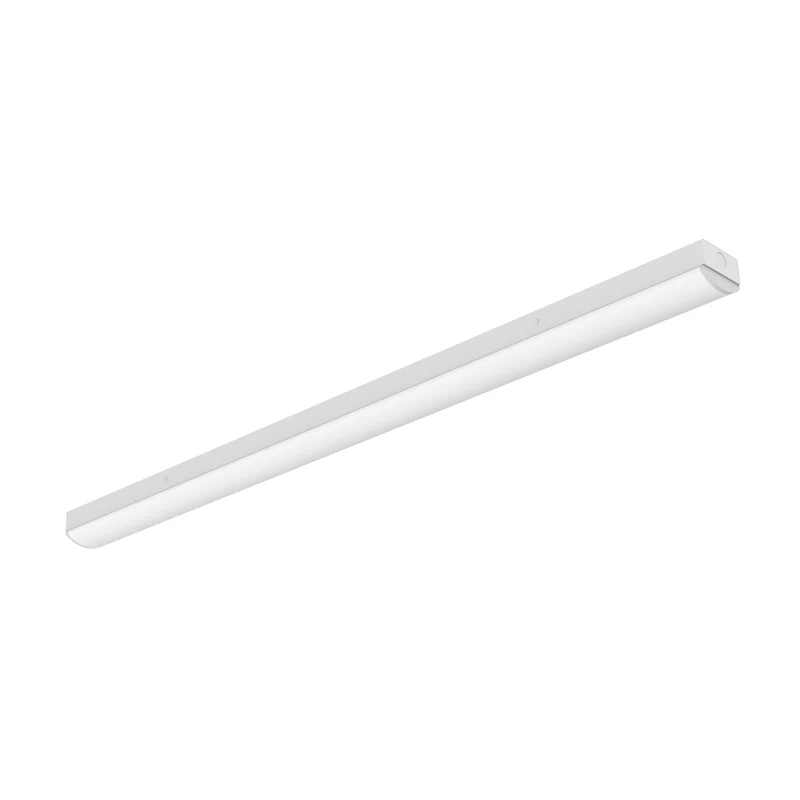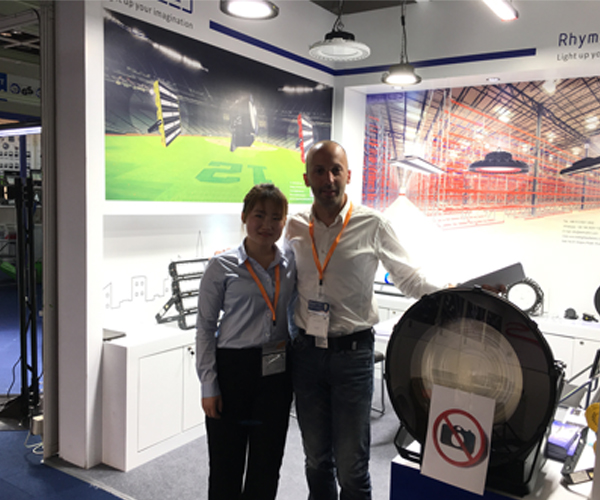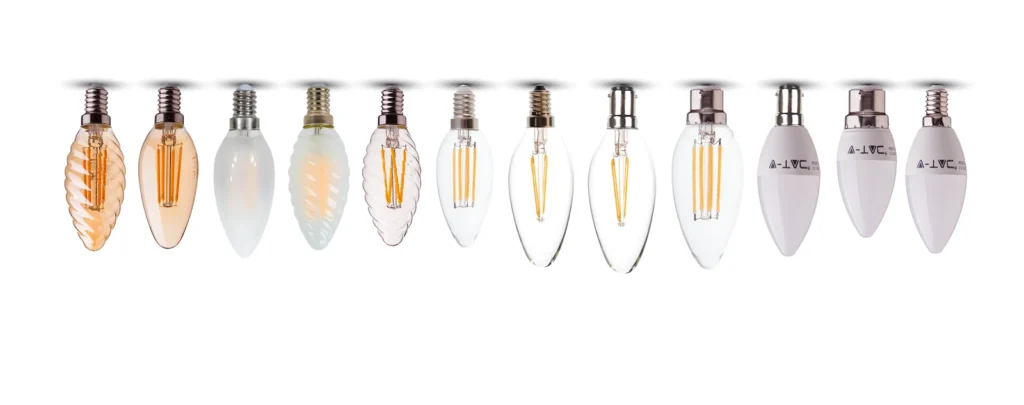¿Por qué los proyectores LED ahorran energía y respetan el medio ambiente?
En la sociedad actual, la iluminación es una parte indispensable. En el contexto social actual, el ahorro energético y la protección del medio ambiente son una parte indispensable del campo de la iluminación. En el pasado, las lámparas de sodio de alta presión contribuyeron de forma importante a la iluminación exterior de grandes áreas, pero las lámparas de sodio de alta presión siguen teniendo los inconvenientes de un elevado consumo energético y una escasa protección del medio ambiente (contienen sustancias nocivas como el mercurio). Con el auge de las lámparas LED, cada vez se utilizan más en la iluminación de zonas de diversos lugares (proyectores deportivos, proyectores marinosiluminación de aparcamientos, etc.), y los proyectores LED utilizan tecnología de semiconductores, que tiene un alto rendimiento en la conversión de energía eléctrica en energía luminosa y no contiene sustancias nocivas como el mercurio, lo que los hace muy adecuados para temas de protección del medio ambiente.
1. El poder de Proyectores LED es bajo, sólo alrededor de 1/4 de las lámparas de sodio de alta presión. Esto demuestra que bajo el mismo brillo, el flujo del reflector LED es casi el mismo que el flujo de luz de sodio de alta presión de 500W, pero el consumo de energía se puede reducir en 75%. alrededor, lo que puede reducir significativamente el consumo de energía.
2.Proyectores LED utilizan tecnología de semiconductores, por lo que no contienen sustancias nocivas como el mercurio. En cambio, el mercurio de las lámparas de sodio de alta presión es una sustancia nociva que puede contaminar el medio ambiente. Por lo tanto, el uso de proyectores LED puede reducir el impacto negativo sobre el medio ambiente. Además, el proyector LED utiliza mercurio sólido, que no contaminará el aire circundante aunque se rompa. Tiene un índice de reciclabilidad de más de 99% y es una fuente de luz ecológica respetuosa con el medio ambiente. Esto se ajusta al concepto de desarrollo sostenible y contribuye a proteger el medio ambiente mundial.








